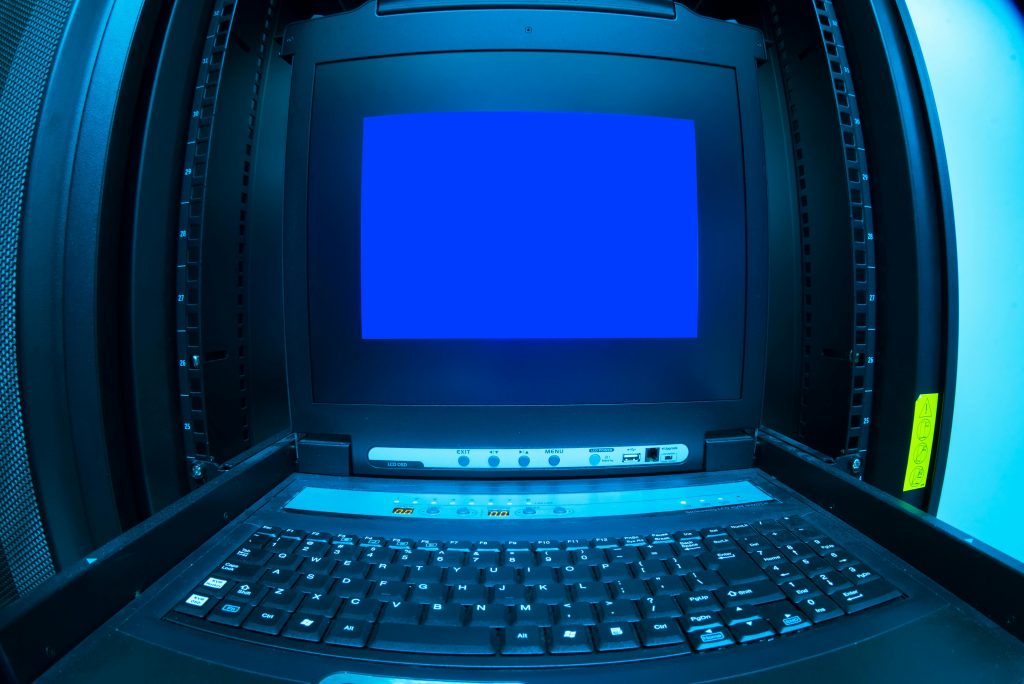Understanding Why Your System Reports Only 4GB of RAM Despite Having 8GB Installed
If you’ve installed an 8GB RAM module in your computer but your system only recognizes 4GB of available memory, you’re not alone. Many users encounter this discrepancy despite having confirmed that the hardware is properly installed and functioning. Let’s explore some common causes and solutions to this issue.
Assessing the Hardware Setup
In your scenario, you mentioned having two RAM slots, each populated with a 4GB module. Notably, tools like CPU-Z indicate both slots are detected, suggesting that the hardware itself is being recognized at the physical level. Despite this, the system’s reported available memory remains at 4GB instead of the full 8GB.
Potential Causes of Limited RAM Recognition
- BIOS/UEFI Settings
Sometimes, BIOS or UEFI firmware settings can limit the amount of memory that the system allocates or recognizes.
-
Memory Remapping: If memory remapping is disabled, the system may not utilize the full RAM capacity. Ensure that this feature is enabled in your BIOS settings.
-
Memory Compatibility and Limits: Check BIOS for any memory-related settings or limits that may restrict total usable RAM.
-
Hardware Issues
-
Faulty RAM Modules: Despite seeing both modules, one may be faulty or not seated correctly. Re-seat the RAM modules properly and run a memory diagnostic.
-
Incompatible RAM Modules: Confirm that the RAM modules are compatible with your motherboard specifications.
-
Operating System Limitations
-
32-bit OS: Although you mentioned your system is 64-bit, ensure that your operating system is truly 64-bit. A 32-bit OS typically recognizes up to 4GB of RAM.
-
Memory Reservation for Hardware: Sometimes, the BIOS reserves part of RAM for hardware devices, reducing the available memory.
-
Software and Driver Issues
-
Memory reporting issues can sometimes be caused by outdated drivers or system bugs. Ensure your system drivers are up to date.
Troubleshooting Steps
-
Verify System Specifications: Confirm your motherboard supports 8GB or more RAM and that the RAM modules are compatible.
-
Run Memory Diagnostics: Use tools like Windows Memory Diagnostic or MemTest86 to check for faulty RAM.
-
Check BIOS Settings: Enter BIOS/UEFI during startup and verify memory remapping and other related settings.
-
Update BIOS Firmware: Manufacturers often
Share this content:



